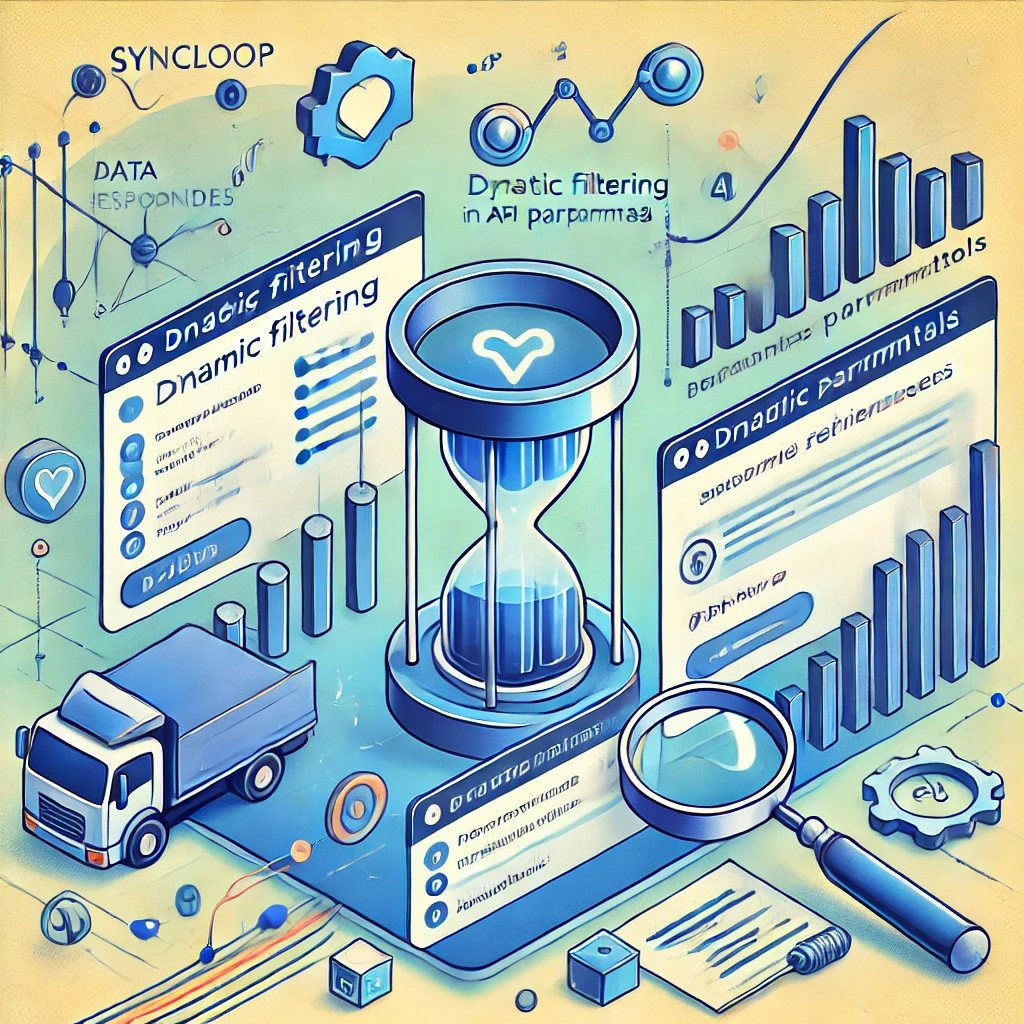How Syncloop Simplifies Data Filtering in API Responses

Syncloop, a comprehensive API development platform, simplifies data filtering with advanced tools that enable developers to tailor API responses to meet specific client requirements. This blog explores how Syncloop facilitates data filtering and best practices for leveraging its features to optimize API responses.
The Importance of Data Filtering in APIs
Data filtering allows APIs to provide only the data that is relevant to the client’s request. Key benefits include:
- Improved Performance: Smaller payloads lead to faster response times and lower bandwidth usage.
- Enhanced User Experience: Clients receive precise and relevant data, reducing the need for additional processing.
- Scalability: Efficient filtering supports high-performance applications, even with large datasets.
- Simplified Integration: Tailored responses make it easier for client applications to consume and utilize API data.
How Syncloop Simplifies Data Filtering
Syncloop provides robust tools and features to implement and manage data filtering in API responses:
1. Dynamic Query Parameters
Syncloop allows developers to define query parameters for filtering data. Clients can specify fields, ranges, or conditions in their requests to retrieve only the desired data.
2. Field Selection
With Syncloop, APIs can include functionality for field selection, enabling clients to specify which fields to include or exclude in the response.
3. Pagination Support
Syncloop supports pagination, allowing APIs to limit the number of results returned per request and providing options to navigate through datasets.
4. Conditional Filtering
Using Syncloop’s conditional logic, developers can define complex filters that process requests based on dynamic conditions, such as user roles or data contexts.
5. Predefined Filters
Syncloop enables the creation of reusable, predefined filters for common use cases, reducing development effort and ensuring consistency.
6. Real-Time Data Transformation
Syncloop’s real-time transformation tools can filter, sort, and aggregate data on the fly, ensuring optimized responses without altering the underlying dataset.
Benefits of Using Syncloop for Data Filtering
1. Increased Efficiency
By filtering unnecessary data, APIs consume fewer resources, resulting in improved performance and reduced server load.
2. Enhanced Flexibility
Syncloop’s dynamic and conditional filtering capabilities allow APIs to adapt to diverse client requirements seamlessly.
3. Improved Developer Productivity
Predefined filters and an intuitive interface reduce development time, enabling teams to focus on core functionalities.
4. Simplified Maintenance
Centralized management of filters ensures easier updates and consistent behavior across API endpoints.
5. Better Client Experience
Tailored responses make APIs easier to use and integrate, enhancing overall client satisfaction.
Real-World Applications of Syncloop’s Data Filtering
1. E-Commerce Platforms
APIs filter product catalogs based on categories, price ranges, or user preferences, ensuring personalized shopping experiences.
2. SaaS Applications
Field selection enables clients to retrieve only relevant user or account details, optimizing dashboard performance.
3. Healthcare Systems
Data filtering ensures that APIs provide role-specific access to sensitive medical records, maintaining compliance and security.
4. Financial Services
APIs filter transaction records by date ranges, account types, or amounts, delivering precise data for analytics or reporting.
Best Practices for Data Filtering with Syncloop
- Define Clear Query Parameters: Provide comprehensive documentation for query parameters to ensure client developers can use them effectively.
- Leverage Predefined Filters: Use Syncloop’s predefined filters for common scenarios to save time and ensure consistency.
- Implement Field Selection: Allow clients to specify required fields, reducing response payloads and improving efficiency.
- Use Pagination: For large datasets, implement pagination to control response sizes and improve performance.
- Optimize Performance: Test and refine filters to minimize server-side processing time, ensuring fast responses.
- Monitor Usage: Track API requests and filter usage with Syncloop’s analytics tools to identify popular queries and optimize accordingly.
Conclusion
Data filtering is a critical feature for delivering efficient and user-friendly APIs. Syncloop simplifies this process with tools for dynamic query parameters, field selection, and real-time transformation, empowering developers to build optimized APIs with minimal effort.
Whether you’re working on e-commerce, SaaS, or healthcare applications, Syncloop enables you to tailor API responses to meet specific client needs, enhancing both performance and user satisfaction. Embrace Syncloop to streamline data filtering and unlock the full potential of your APIs.
A dynamic visualization of API response filtering, featuring query parameters, field selection, and real-time data transformation powered by Syncloop.
Back to Blogs